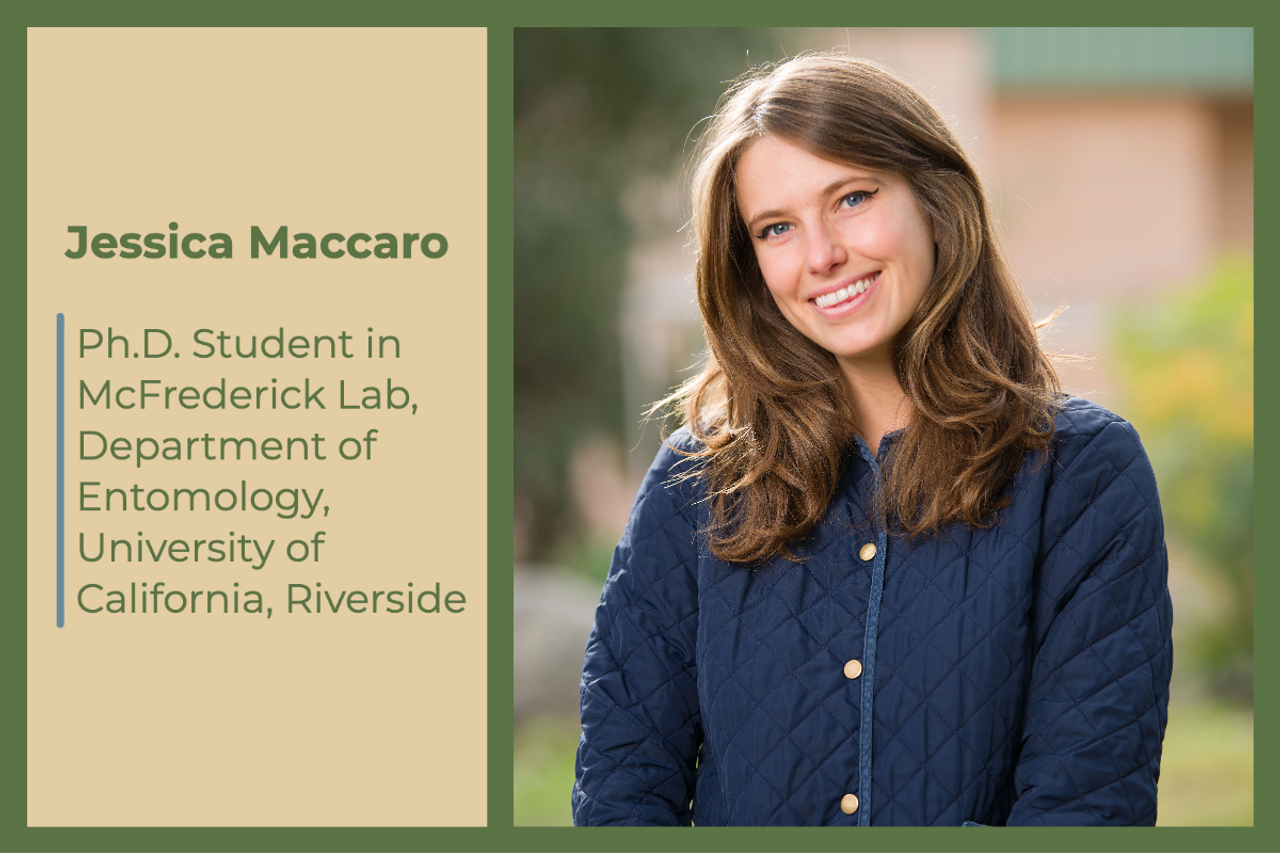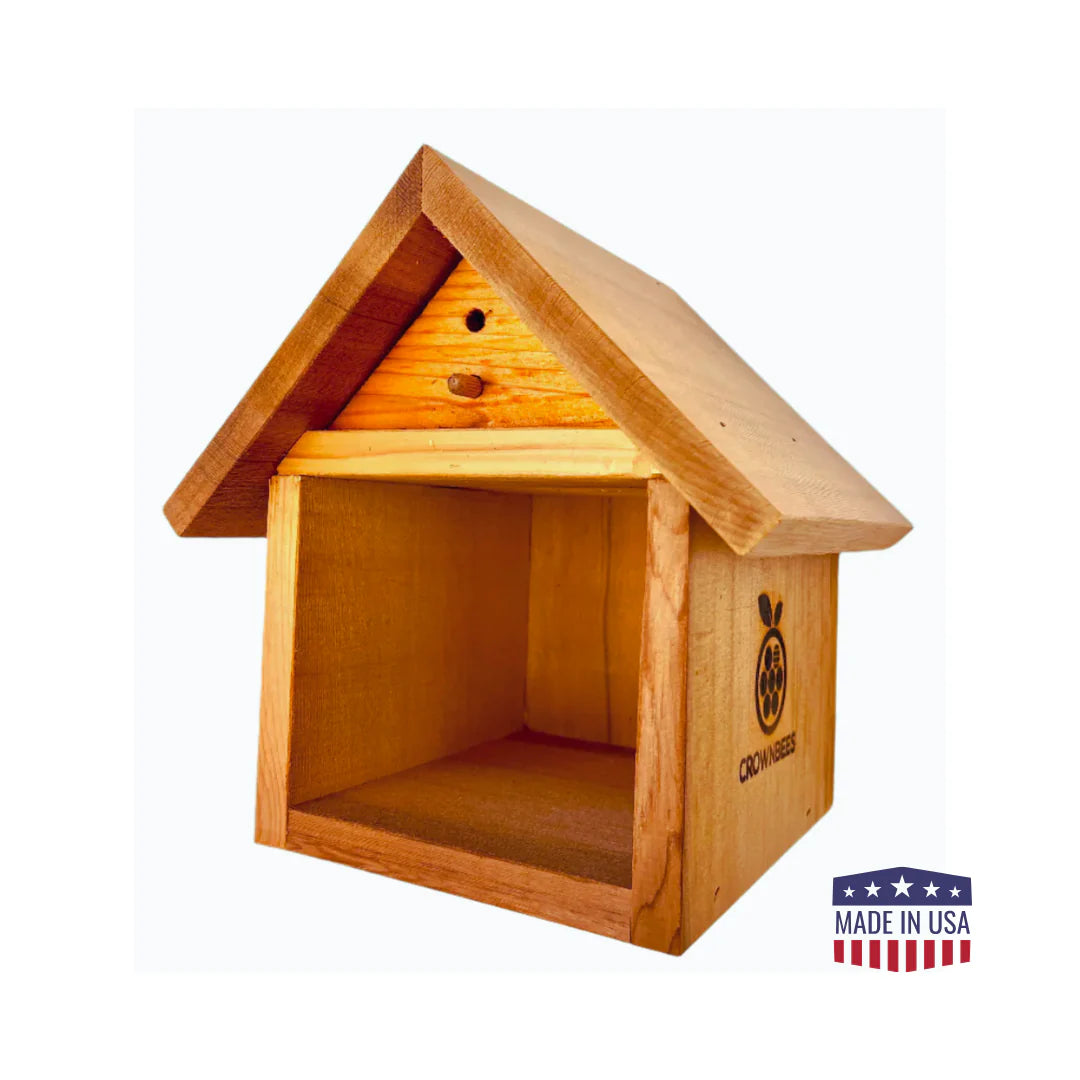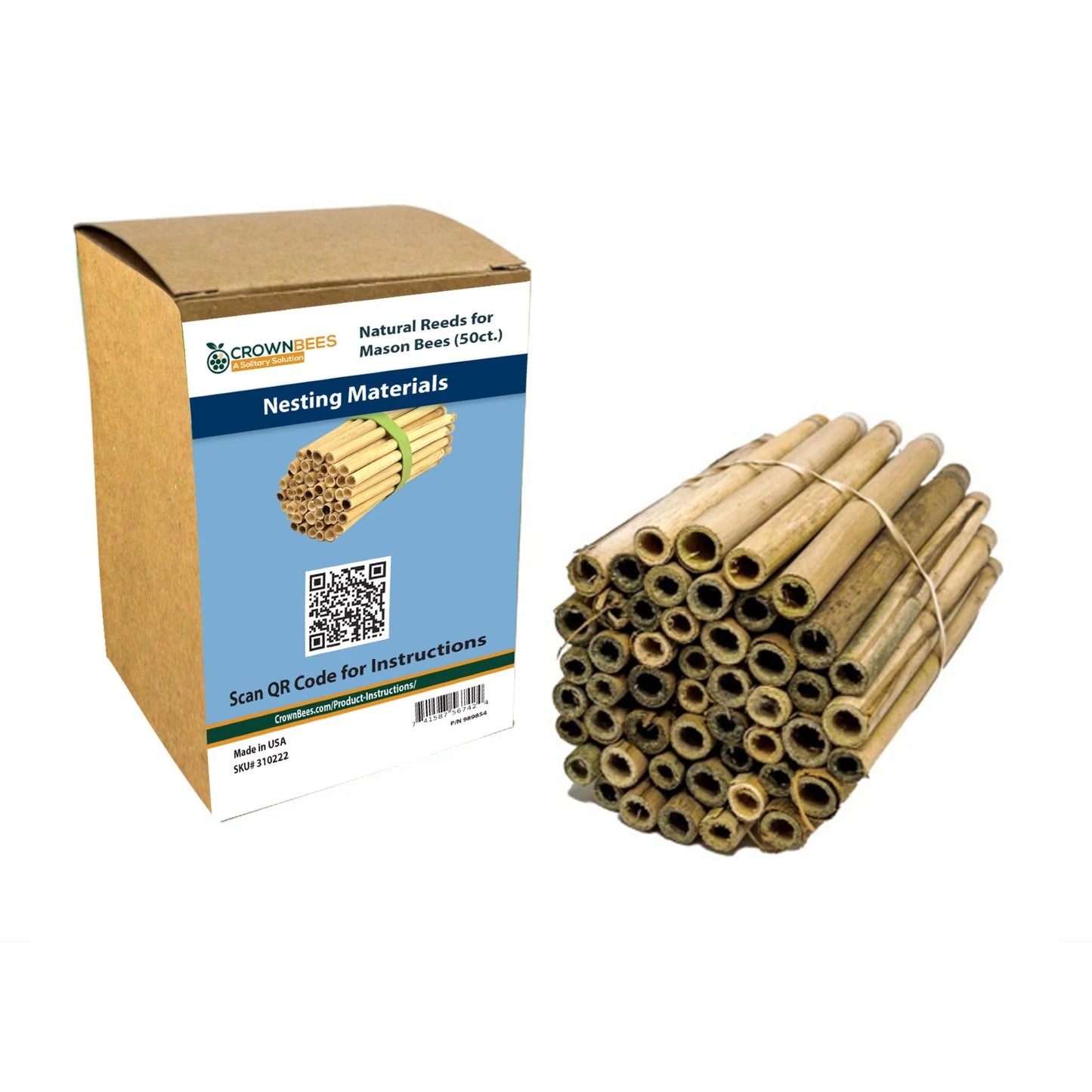
Mason bees are susceptible to many parasites and diseases, increasing over time, especially when the same nest materials are used for multiple seasons. One of the most destructive diseases of cavity-nesting bees is chalkbrood, which is caused by the fungal pathogen Ascosphaera.
Several species of Ascosphaera exist, including Ascosphaera torchioi (affects mason bees), A. larvis, and A. aggregata (affects alfalfa leafcutter bees). Chalkbrood disease also affects honey bees, but it is caused yet another species of the fungus—Ascosphaera apis.
Adult bees are not affected by chalkbrood, but they contribute to its spread. Adult masons pick up Ascosphaera spores from flowers and transfer them to the pollen ball they create for their offspring. As the eggs hatch, the tiny larvae consume the infected pollen, and the spores germinate in the gut. Once in the gut, the spores multiple and eventually take over the whole body, killing the larva. Once the larva dies, the fungus continues to grow on the bee cadaver. Emerging adults will pick up spores released from these dead larvae in the following season as they crawl towards the cavity exit. These spores then contaminate the flowers the bees visit and the new generation of bees.
Bee raisers face losses in bee populations each year. Still, little is known about chalkbrood disease in mason bees.
Ph.D. Student Jessica Maccaro at the University of California, Riverside, is improving our understanding of chalkbrood disease and its effects on mason bees. Specifically, her research focuses on the evolution of how Ascosphaera causes chalkbrood disease in the host (bees) and the genomic signatures of coevolution between the fungi and bees.
Crown Bees and other mason bee producers have been providing chalkbrood samples to help Jessica with her research. She takes the mason bee cadavers that we send and looks at the entire genome (complete set of genetic information in an organism) in both the host (bee) and the pathogen (Ascosphaera). She is looking for which genes look like they are coevolving. Coevolution is when two or more species affect each other's evolution through the process of natural selection—each species imposes pressure on each other and has to adapt.

Image by Helen Vo. Chalkbrood cadaver.
"The co-evolutionary approach is pretty novel, and we just now have the statistical and computational power even to look at these types of relationships," says Maccaro. It allows us to narrow in on specific genes to learn how the pathogen affects the host and how the host responds to the pathogen."
When asked how her research may help reduce the loss of mason bees from chalkbrood disease, she replied:
"On the pathogen side, if we find the specific genes that effectively select and kill the host, there could be some way to disrupt that gene and prevent the pathogen from causing disease at all. And, if we can find genes specific to Osmia (mason bees) that are resistant to the pathogen, there is a potential for selective breeding to make mason bees more resistant to the disease."
While her research is still in the data collection phase, we are excited to learn about her findings and appreciate her passion for these fantastic pollinators!
Thank you, Jessica!
You can find more information about Jessica Maccaro's recent works at ResearchGate.


